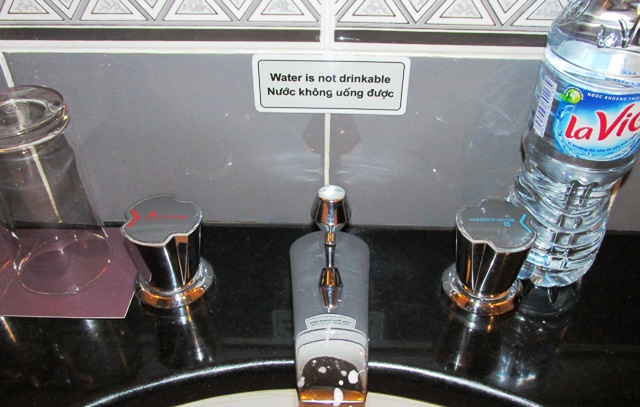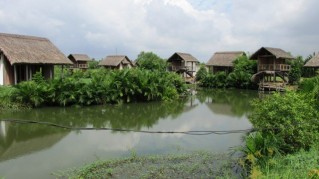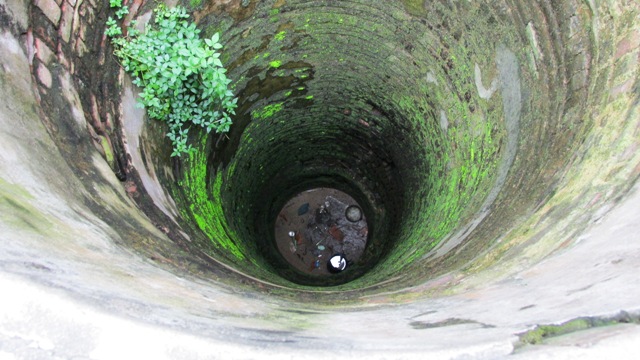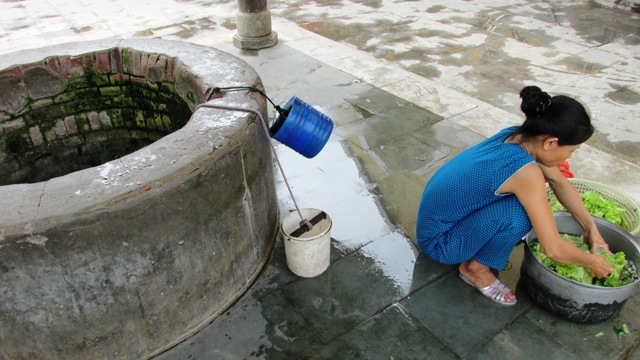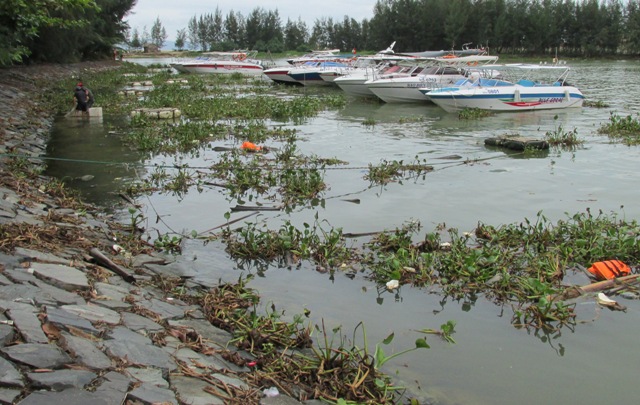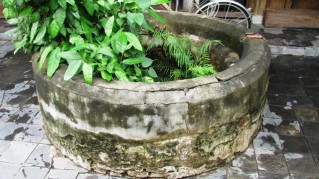It’s customary for travelers to question whether drinking the water country’s they visit will give them dysentery. In Vietnam, I didn’t even have to ask if the water was safe to drink. The answer was firmly mounted on the bathroom wall of the luxurious, 5-star Saigon New World Hotel: Water is not drinkable.
I was in Vietnam in August with a marketing team, but was also personally curious about the country’s water quality. So much of the small country’s economy relies on water, historically the fishing and rice industries, and now an emerging tourism trade.
Everywhere we went – from Ho Chi Minh City to Hoi An and Nha Trang – we were supplied with bottled drinking water. All three of our hotels generously provided free bottled water to keep us healthy.
I have not had time, yet, to research and identify the dangers lurking in Vietnam’s water that make it so hazardous to drink. Looking at the rivers, however, it was easy to spot rubbish floating and washed ashore, which was a contrast to the remarkably clean city streets. I assume less-visible pollutants exist in the murky waters, as well.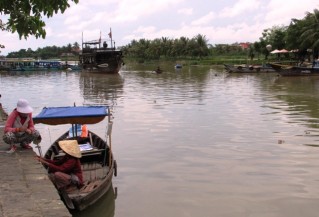
The night before I left on my two-week journey to the other side of the globe, I attended an eye-opening local meeting about toxic herbicides that some electric cooperatives are spraying under power lines in the Ozarks. (I’ll have more about that in a subsequent blog.) Among other issues, I was horrified to learn that from 1965 to 1975 the U.S. military dumped 19 million gallons of Agent Orange herbicide over North Vietnam’s jungles to kill vegetation. The effects still are apparent today.
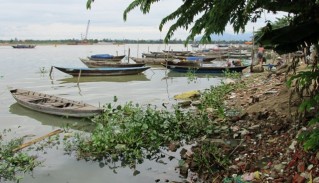 Flipping through an international paper in Ho Chi Minh City one morning while waiting for breakfast, I noticed two news briefs regarding Vietnam’s water. One in the Thanh Nien Daily News states:
Flipping through an international paper in Ho Chi Minh City one morning while waiting for breakfast, I noticed two news briefs regarding Vietnam’s water. One in the Thanh Nien Daily News states:
“Nearly one third of Hoi An ancient town in central Vietnam may become submerged by floods by 2020, the local government has warned. Hoi An authorities have been taking measures to adjust tourism activities to climate change, dredging rivers and developing waterway tourism.”
Incidentally, Hoi An’s ancient town on the east coast of Vietnam is beautiful, with many historic bridges and buildings, cultural museums, traditional restaurants and a bustling marketplace. Flooding has been an issue for decades. Apparently now the government is acknowledging that it will only get worse – and possibly catastrophic within seven years.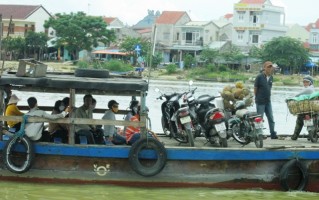
Another brief in the Tuoi Tre News states:
“Ca Mau, the southernmost province of Vietnam, may disappear entirely in the next few decades due to land subsidence, according to an assessment of the Norwegian Geotechnical Institute (NGI). The most practical way to prevent land subsidence is stopping or restricting underground water exploitation in the area, and using water from water plants instead, said NGI.”
This is a lesson that should concern everyone. We cannot continue to pump oceans of water from our aquifers without destroying our land in the process. In this country, one penalty for excessive groundwater pumping is evident in the increasing number of enormous sinkholes, particularly in the southeast, that swallow entire trees and collapse houses.
As we toured Hoi An’s ancient town, I noticed several shallow wells that no longer yield water. Deep grooves worn into the sides of the rock well walls, however, indicate many years of use. Now they are merely dangerous open pits.
At the one well I saw in use, a woman lowered a plastic one-gallon pail on a rope to retrieve water to rinse the lettuce she was selling. I thought how she might appreciate one of our WaterBoy well buckets and a windlass.
Peering down into the well, which has no cover, I was disturbed to see a layer of garbage on the water, including plastic bottles and food wrappers, even a soccer ball and pan lid.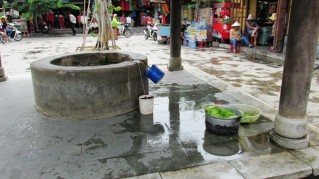
We are fortunate in the United States to have cleaner water. But, looking at geographically-tiny Vietnam, I worry if this is a glimpse into our future. Three-fourths of the Earth is covered with water, but less than 1 percent of that is accessible, fresh water. Picture this…If all of the Earth’s water fit into a gallon jug, only one tablespoon of that is water we can drink.
Shouldn’t we be more careful with our tablespoon of water? Or will we, too, post signs everywhere that warn… This water is not drinkable.
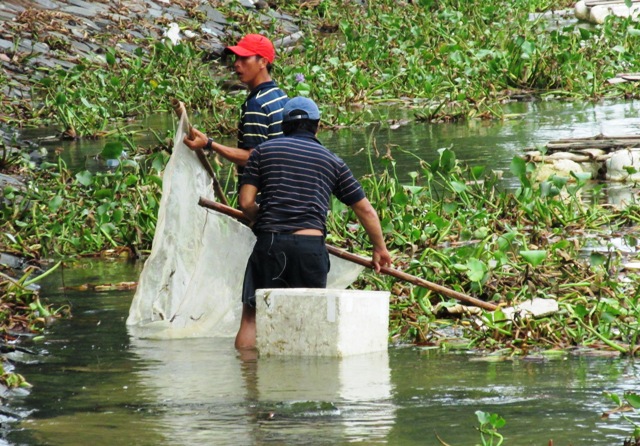
At first, I thought these men were scooping trash from the water, but then realized they are fishing.
